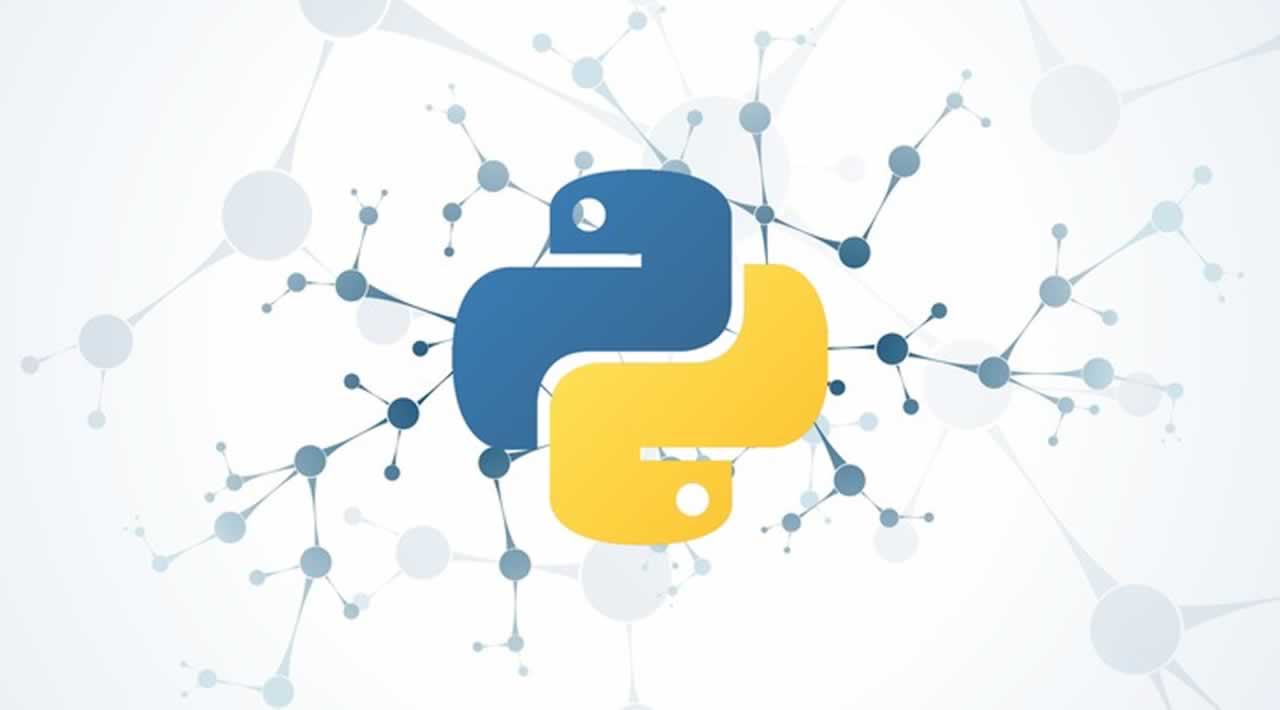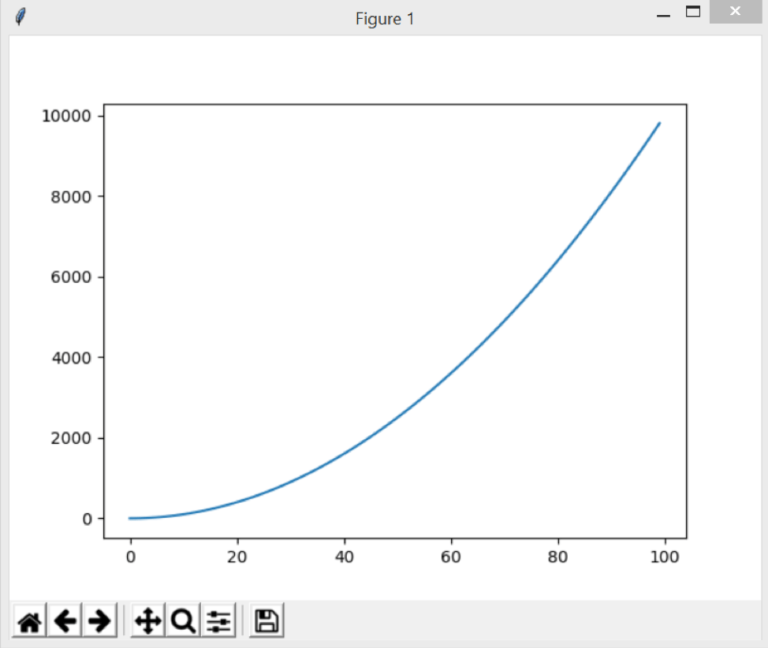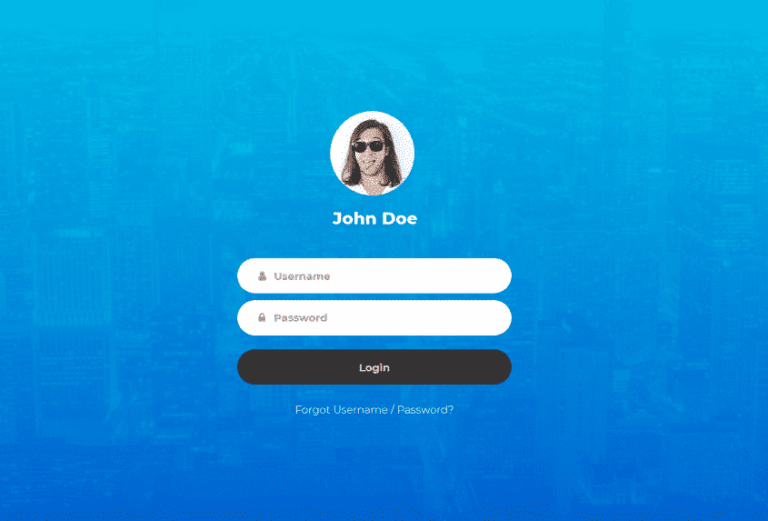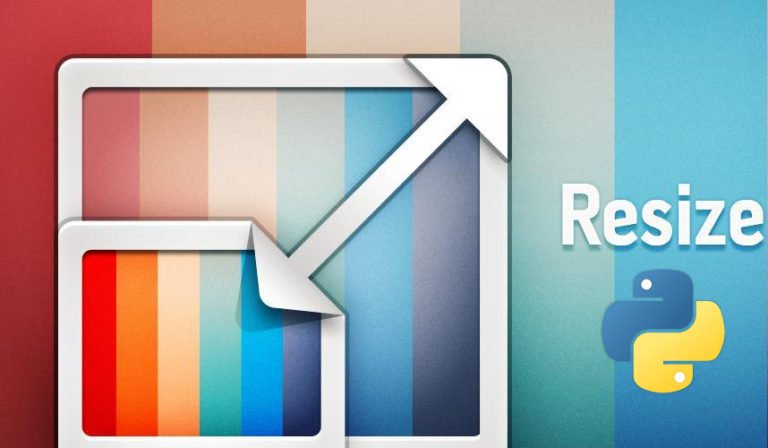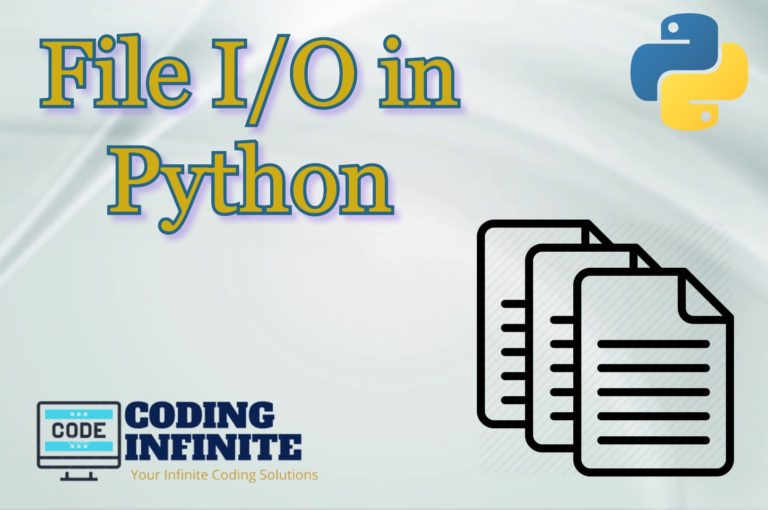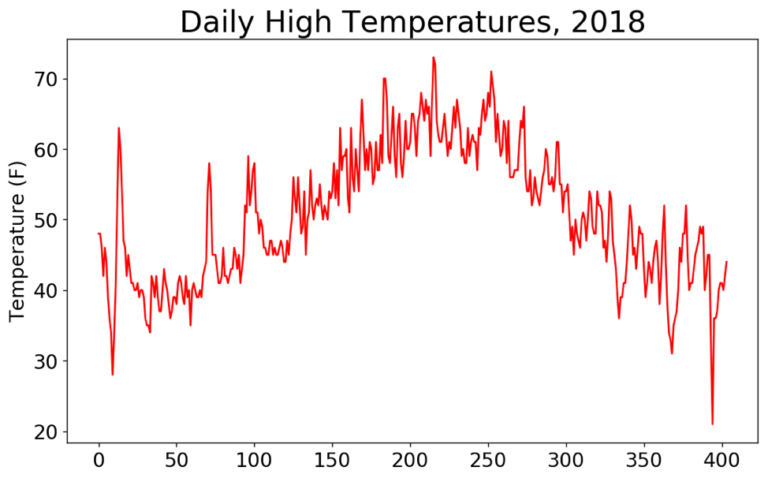Top Reasons Why Python is Your Go-To Programming Language for Machine Learning
Machine learning is the hottest buzzword in modern times. Alexa, Siri, and Google voice assistants have become a part of our daily lives. Isn’t that, right? The upcoming five years will see a drastic change as the value of the worldwide market for AI assistant anticipates touching USD 18 billion.
More importantly, we’re now living in a world filled with intelligent assistants.
Machine learning has emerged as one of the core key factors of digital transformation. The adoption of machine learning tools by the majority of the enterprises is set to reach 65% before the current decade ends.
There are newer cases of machine learning problems that are popping, and 55% of the CIOs have concluded stating ML to be their core priority. Python is the primary programming language projects to be the go-to tool for AI experts.
Based on the Stack Overflow developer survey 2019, Python proves itself to stand as the most loved programming language two years in a row. It is also deemed as the fastest-growing language as compared to other languages.
The majority of AI professionals are adopting Python for their machine learning projects.
Top reasons why Python is best suited for machine learning: –
Multi-libraries and frameworks
Python being a popular programming language emerges as one language that provides multiple libraries and frameworks. Based on the kind of projects the user may be able to choose the relevant set of libraries as well as frameworks thus eradicating late deadlines.
Python libraries for AI and machine learning:
- TensorFlow – this is a popular library for developing machine learning applications like neural networks
- Keras – majorly used on experimenting neural networks
- Scikit-learn – this library helps in conjugation with SciPy and NumPy
- NumPy – data analysis, data cleaning, and data manipulation extremely helps in building machine learning application
- PyTorch – used for developing deep learning models
Easy to learn
Python, as stated by majority of AI engineersis an easy language to learn in comparison to the other traditional programming language. Simply because it has an approachable learning curve. It is easy to read, and even the syntax is accessible for beginners. Owing to its easy code readability, understanding the syntax gets easier for developers.
Widespread community
Python has been here since the 1990s, and it had a good amount of time to create a supportive community. Because of its vast community, Python users can easily upgrade their skills and knowledge in machine learning. This led to the increased popularity of Python.
Big giants like Netflix, Google, Amazon, Facebook, Instagram, and Quora have already adopted Python in product development.
Documentation
Python has got several documentation and tutorials for developers to learn. Readability becomes a major concern for aspiring AI experts – both for project documentation and code documentation. The community not only provides quick development but also offers a friendly syntax for these users to understand, and rapid prototyping that aids in developing cognitive systems.
Versatile in nature
Python has been around for more than two decades. As time flies, the nature of versatility keeps increasing. It is now implemented majorly for software development, working and managing cloud infrastructure, and for every operation.
Given its nature of versatility, Python easily supports structured programming, functional programming patterns, and object-oriented programming. This not only can be applied for machine learning projects or data science, but is highly recommended for development, web frameworks, and gaming, etc.
With Spark as its supporting tool, Python easily manages data handling amounting to the humongous amount of data.
Endnote
The rapid adoption of Python across the tech industry will help the upcoming AI market resolve the lacuna taking place with a shortage of skills. Many enterprises are excited about the business value AI and machine learning will produce in the foreseeable future.
Thank you for reading.
Here’re some more articles of the same interest:
— What Stats & Surveys Are Saying About Top Programming Languages In 2020

